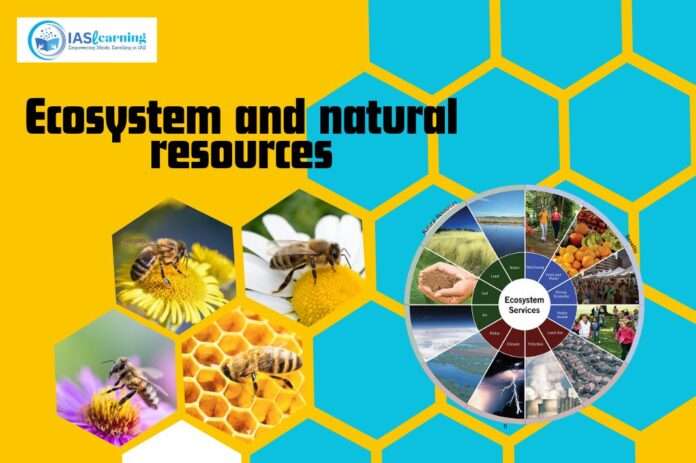Table of Contents
Introduction
Ecosystems, often overlooked and underestimated, are the intricate web of life on our planet. These ecosystems are not only vital for the survival of numerous species but also provide invaluable natural resources that sustain human life.
Ecosystem Structure and Function
Understanding the intricate workings of ecosystems is essential for appreciating the complex web of life on our planet. In this article, we will delve into the structure and functions of ecosystems, unraveling the mysteries of how these dynamic systems operate.
What Is an Ecosystem?
Ecosystems are the intricate and dynamic networks of life that blanket our planet. To appreciate their significance, we must first grasp the fundamental concept of what an ecosystem is. In this article, we will explore the definition and key components of ecosystems, shedding light on these complex systems that sustain life on Earth.
Definition
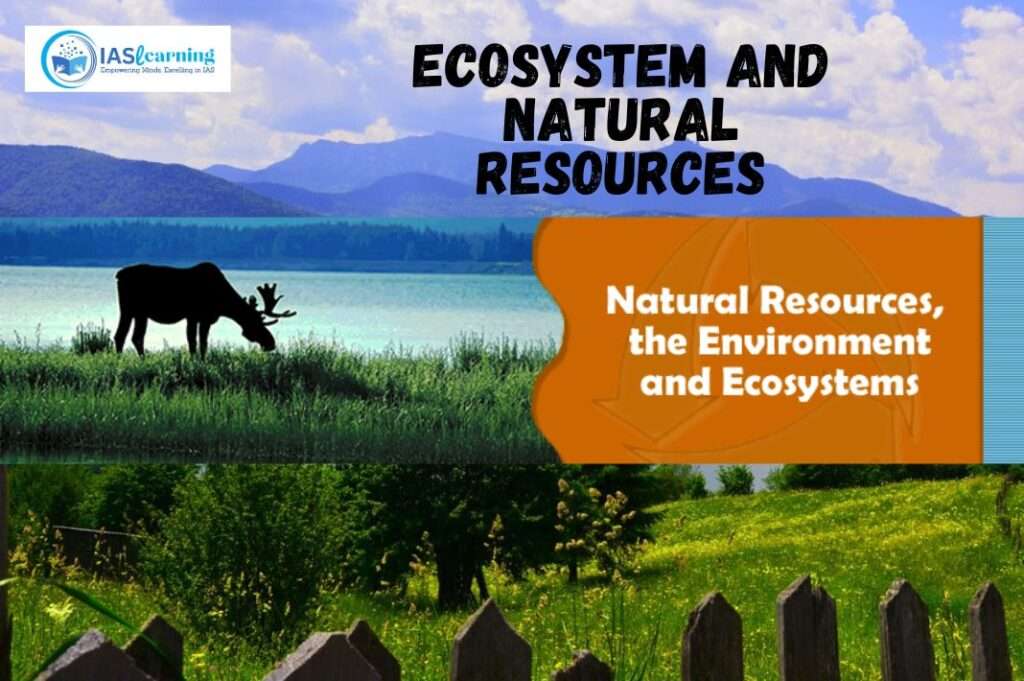
An ecosystem can be described as a self-contained unit where living organisms, their physical environment, and the interactions between them coexist and function as a unified system.
Components of an Ecosystem
Producers
Producers, such as plants and algae, are the foundation of any ecosystem. They convert sunlight into energy through photosynthesis, serving as the primary source of food for other organisms.
Consumers
Consumers, including herbivores, carnivores, and omnivores, feed on producers and other consumers, forming complex food webs within ecosystems.
Decomposers
Decomposers, like bacteria and fungi, play a crucial role in breaking down dead organisms and organic matter, recycling nutrients back into the ecosystem.
Abiotic Factors
Abiotic factors, such as temperature, rainfall, and soil composition, also influence ecosystem structure and function by shaping the physical environment.
Ecosystem Functions
Ecosystems, the intricate networks of life on our planet, perform a multitude of functions that are essential for the well-being of both the environment and humanity.
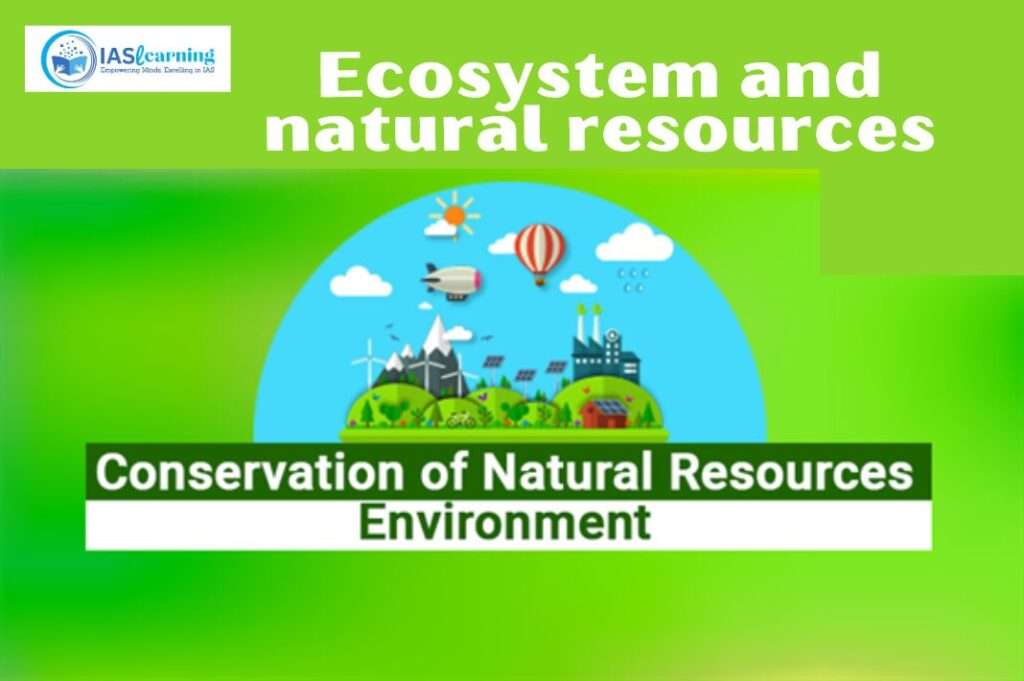
Energy Flow
One of the fundamental functions of ecosystems is the flow of energy through their various components.
How Energy Flows
- Producers, primarily plants, capture sunlight and convert it into chemical energy through photosynthesis.
- This energy is then transferred to consumers as they feed on producers.
- Energy continues to flow through the food chain as consumers are eaten by other consumers.
Significance of Energy Flow
- Energy flow is essential for the survival and growth of organisms within ecosystems.
- It determines the structure of food webs and the relationships between species
Nutrient Cycling
Ecosystems efficiently recycle nutrients. Decomposers break down organic matter, releasing nutrients like carbon, nitrogen, and phosphorus back into the soil, supporting plant growth.
The Nutrient Cycle
- Decomposers play a pivotal role in breaking down dead organisms and organic matter.
- As they decompose, they release nutrients like carbon, nitrogen, and phosphorus back into the ecosystem.
Importance of Nutrient Cycling
- Nutrient cycling ensures the availability of essential elements for plants and other organisms.
- It maintains soil fertility and supports plant growth.
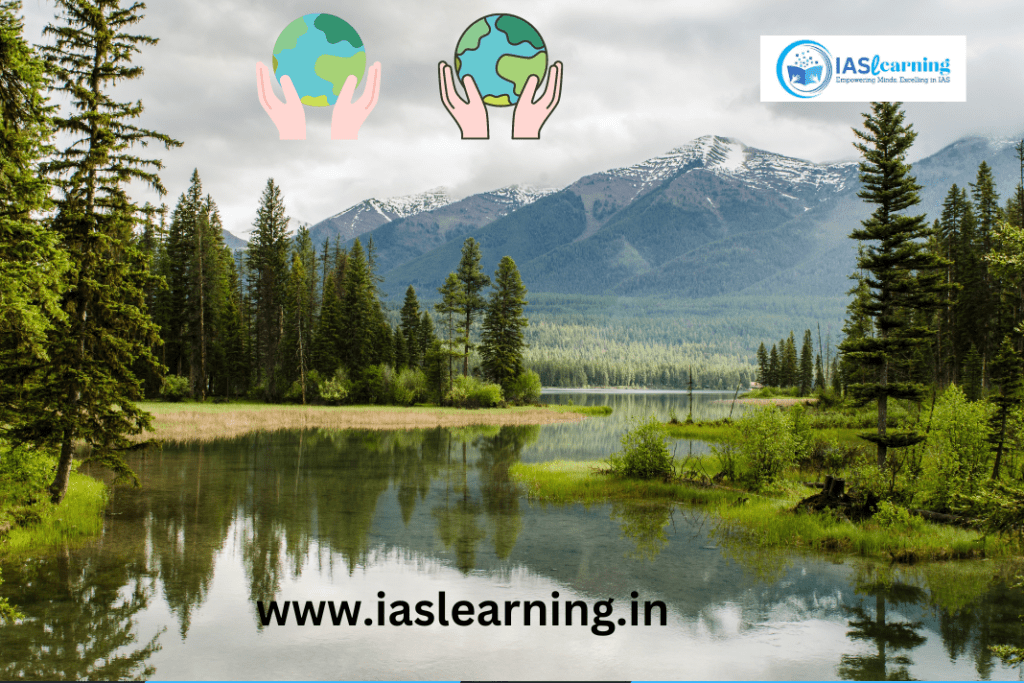
Biodiversity
Ecosystems are hotspots of biodiversity, with a wide array of species interacting with each other. This diversity ensures resilience and adaptability to changing environmental conditions.
Ecosystems are hubs of biodiversity, hosting an astonishing variety of species.
The Significance of Biodiversity
- Biodiversity ensures ecological resilience, allowing ecosystems to adapt to changing conditions.
- It enhances ecosystem stability, making them less susceptible to disturbances.
Ecosystem Services
- Biodiversity provides a range of ecosystem services, including pollination, water purification, and pest control, benefiting human societies.
Climate Regulation
Climate-Regulating Functions
- Forests and oceans absorb carbon dioxide, a major greenhouse gas, reducing its concentration in the atmosphere.
- They also release oxygen, vital for all aerobic life forms.
Habitat Provision
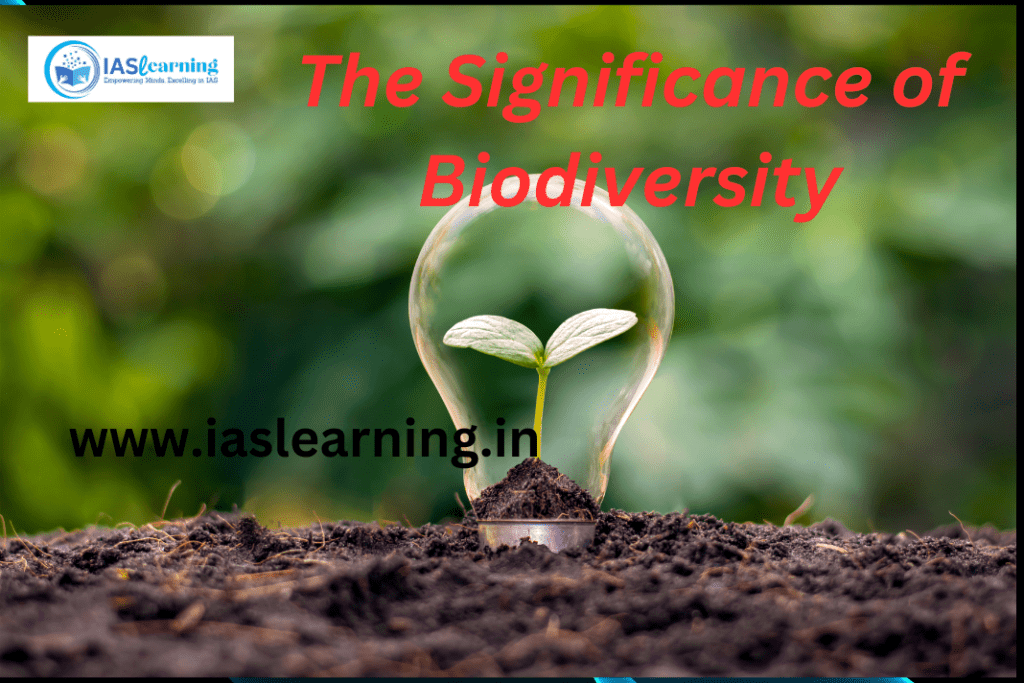
Role in Habitat Provision
- Different ecosystems, from forests to wetlands, offer specialized habitats for various organisms.
- These habitats support reproduction, shelter, and feeding opportunities.
Water Purification
Water Purification Process
- Wetlands and aquatic ecosystems act as natural filters, removing pollutants and impurities from water.
- This ensures a steady supply of clean, freshwater resources for both ecosystems and human use.
Resilience and Adaptation
Ecosystems exhibit resilience and adaptability in the face of environmental changes.
Resilience in Ecosystems
- Ecosystems can recover from disturbances, such as fires or hurricanes, by restoring their original functions over time.
Adaptation to Change
- Biodiversity within ecosystems allows for adaptation to shifting environmental conditions, maintaining their functionality.
Types of Ecosystems
Terrestrial Ecosystems
Terrestrial ecosystems include forests, grasslands, deserts, and tundra, each hosting distinct flora and fauna adapted to land environments.
Aquatic Ecosystems
Aquatic ecosystems encompass freshwater bodies like lakes and rivers, as well as marine ecosystems in oceans. These aquatic environments support a diverse range of species and ecological processes.
Human Impact on Ecosystems
Human activities significantly influence ecosystem structure and function.
Habitat Destruction
Deforestation, urbanization, and land development lead to habitat loss, disrupting ecosystems and endangering species.
Pollution
Pollutants from industrial, agricultural, and domestic sources can contaminate ecosystems, harming both wildlife and human health.
Climate Change
Global climate change, driven by greenhouse gas emissions, is altering temperature and precipitation patterns, impacting ecosystems worldwide.
Ecosystems Conservation
Efforts to protect ecosystems and their functions are crucial for maintaining biodiversity and ecological balance.
Protected Areas
Establishing protected areas like national parks and wildlife reserves helps safeguard critical ecosystems from human encroachment.
Sustainable Practices
Promoting sustainable agriculture, forestry, and fishing practices minimizes the negative impact on ecosystems while meeting human needs.


